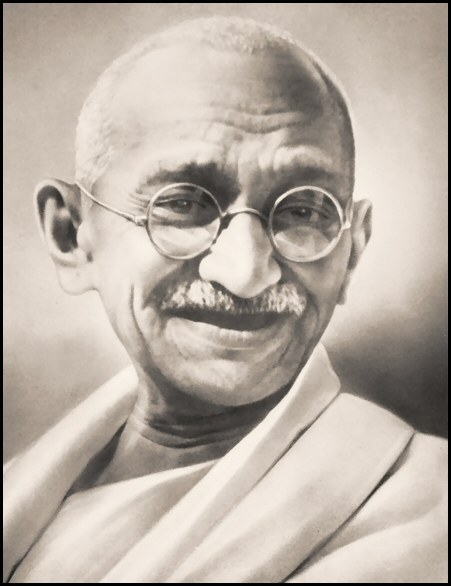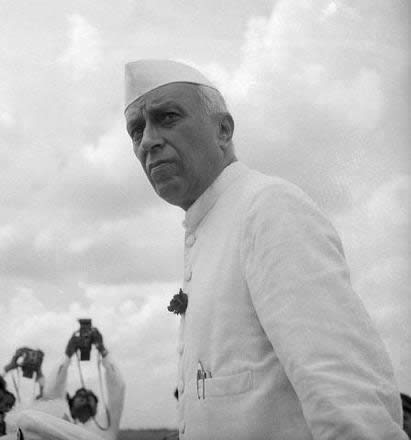
"The Congress is unique. Our uniqueness arises from several basic features of the Congress's history, its character, its ideology and the legacy of its leadership. I am convinced that the time is ripe for a massive renaissance of our political culture so that we build that society which combines compassion with competence, equity with excellence."
Smt. Sonia Gandhi
Jai Ho!
The UPA government claims it had taken action on "almost all 142 items" of significance in the Common Minimum Programme (CMP), its agenda of governance. The CMP's chief focus was on employment, agriculture, health, education, women and children, national security, foreign policy, food, Panchayati Raj, social harmony, minorities, water resources, regional development, among others.
Its most notable achievement includes inflation control and maintaining a tight regulatory environment which prevented domestic institutions from falling prey to global financial woes.
Rising crude and global commodity prices saw inflation bordering around 12%. But a number of policy measures ensured that prices remain under control and the aam aadmi does not suffer.
A number of subsidies announced last year helped keep prices of food, fertiliser, and petroleum low. "The consequences of that in a normal year might have been rather unpleasant but this hasn’t been a normal year."
The CMP promised an increase in investment for agriculture, which has been in the throes of a crisis. The government promised that immediate steps would be taken to ease the burden of debt and high interest rates on farm loans. In last year's Budget, the government announced a Rs 60,000 crore loan waiver scheme.
The UPA's CMP included a National Employment Guarantee Act to provide at least 100 days of employment for at least one able-bodied person in every rural, urban, poor, and middle-class household. The Act is now functional across India.
It also pledged to raise public spending in education to at least 6% of GDP with at least half this amount being spent on primary and secondary sectors. This was its stance on education. At last count, the UPA government's investment in education stood at 3.5% of GDP.




